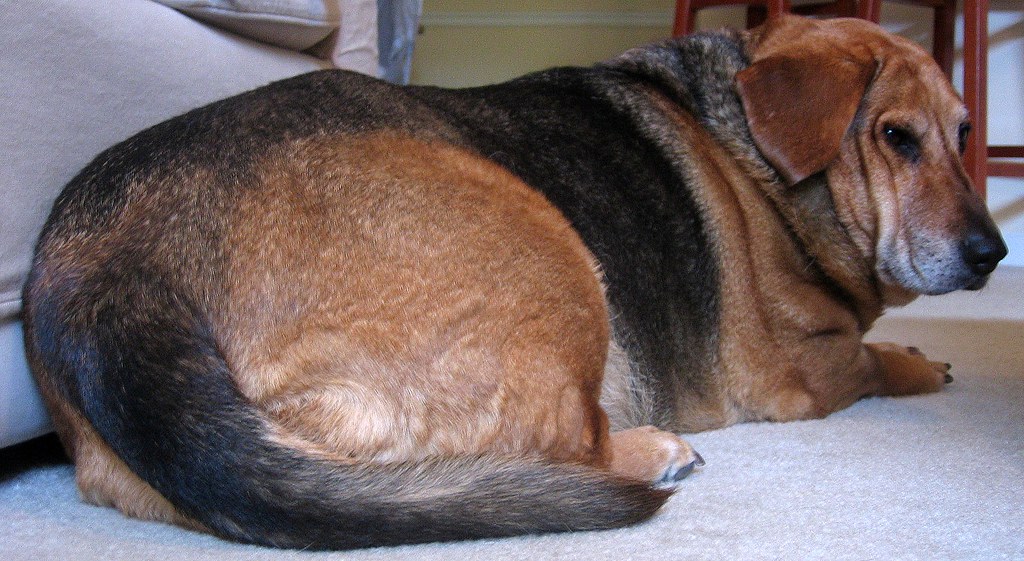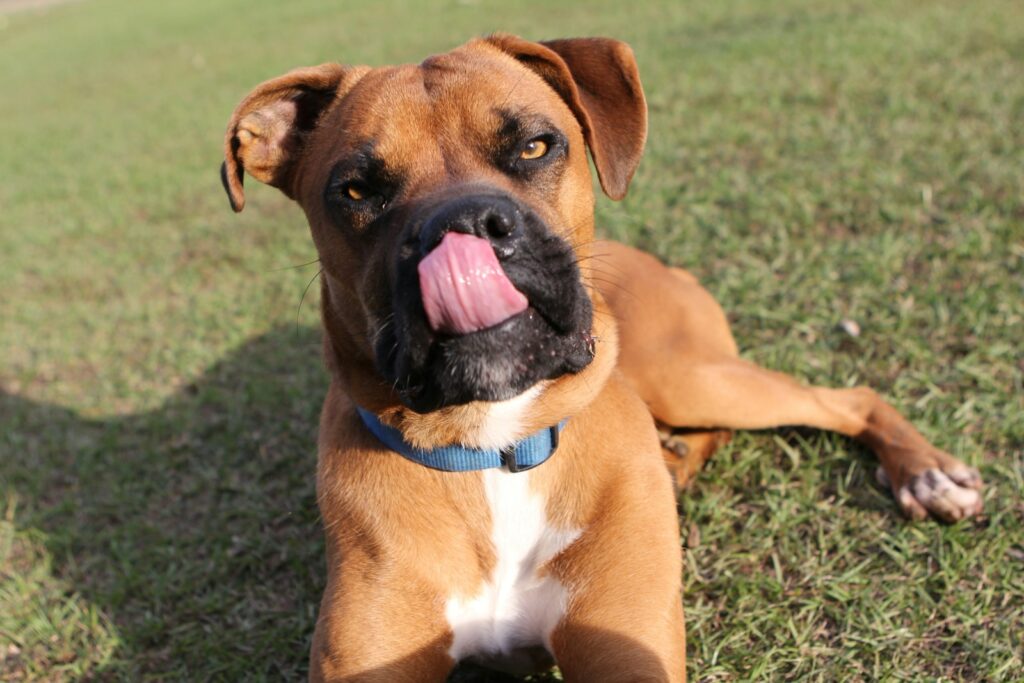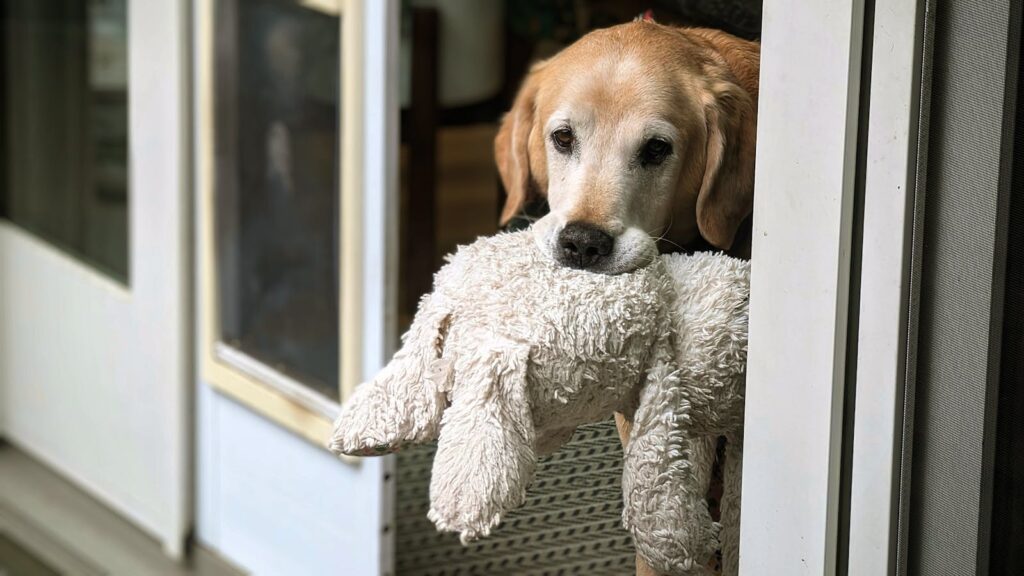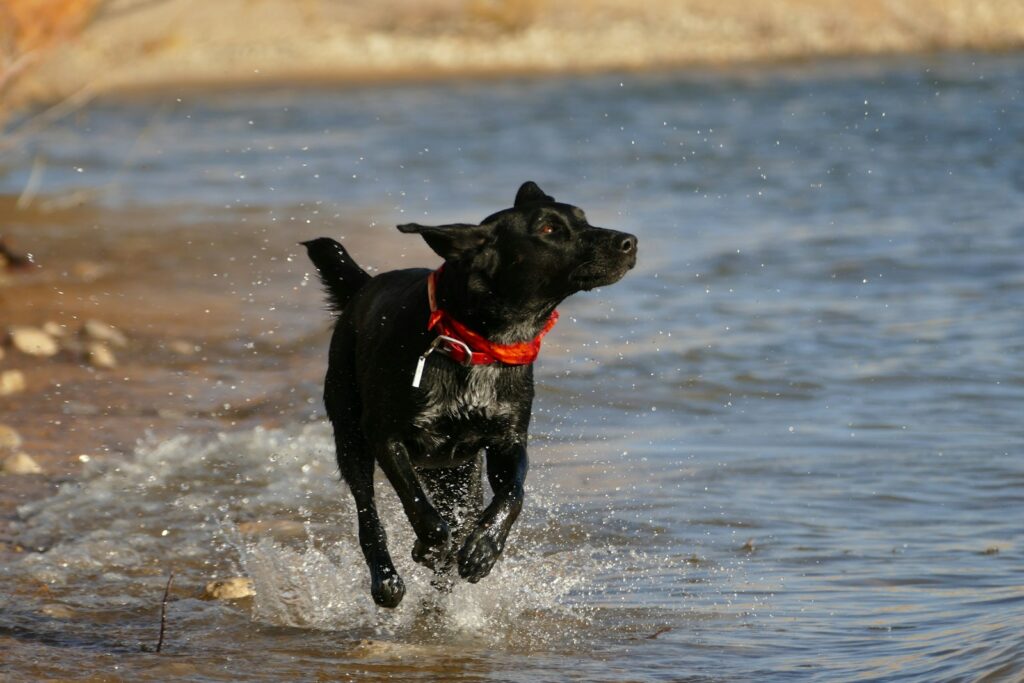
As dog owners, we do our best to give them love, comfort, and happiness. However, even the most well-meaning pet owners can unknowingly make mistakes that may affect their dog’s health and longevity. Dogs can’t communicate their needs or tell us when something is wrong, so it’s up to us to be vigilant and informed. Here are 15 common mistakes people make that shorten their dog’s lifespan.
Skipping Regular Vet Visits

Many dog owners only visit the vet when their pet seems sick, but regular checkups are crucial. Dogs are experts at hiding pain, and some conditions like kidney disease, heart problems, or tumors might not show obvious symptoms until they’re advanced. Annual or biannual checkups allow your vet to detect these issues early, increasing the chances of successful treatment. Preventive care, like vaccines and routine blood tests, can add years to your dog’s life.
Overfeeding

Overfeeding is one of the leading causes of obesity in dogs. Excess weight stresses their joints, heart, and organs, making them more prone to diabetes, arthritis, and even cancer. Always measure your dog’s portions based on their age, breed, and activity level, and avoid feeding table scraps. Your vet can guide you in choosing the right diet to keep your dog lean and healthy.
Not Providing Enough Exercise

Dogs need physical activity to maintain strong muscles, a healthy weight, and mental well-being. Without enough exercise, they can develop obesity, anxiety, and even destructive behaviors like chewing or barking excessively. Different breeds have different exercise needs; for example, a Border Collie may need hours of play daily, while a Bulldog might only need short walks. Tailor your dog’s routine to their specific needs.
Feeding Harmful Foods

Many human foods are toxic to dogs. Chocolate, onions, garlic, grapes, raisins, and artificial sweeteners like xylitol can cause severe health issues, including organ failure. Even seemingly safe foods like bones can splinter and harm your dog’s digestive tract. Educate yourself on harmful ingredients and keep all human food out of reach, especially during holidays when there are many treats around.
Ignoring Dental Care

Dental disease is one of the most overlooked health problems in dogs. Plaque and tartar build-up can lead to gum infections, tooth loss, and bacteria entering the bloodstream, potentially causing heart and kidney issues. Brush your dog’s teeth regularly with pet-safe toothpaste, provide dental chews, and consider professional cleanings if recommended by your vet.
Skipping Heartworm Prevention

Heartworms are parasites transmitted by mosquito bites, and they can be fatal if untreated. The treatment for heartworm disease is painful and expensive, but prevention is simple and effective. Monthly heartworm preventatives, often combined with flea and tick medication, can protect your dog year-round.
Neglecting Parasite Control

Fleas and ticks do more than just make your dog itchy. They carry diseases like Lyme disease and tapeworms, which can have lasting effects on your dog’s health. Regular use of vet-approved flea and tick preventatives helps protect your dog from these dangers, especially if they spend time outdoors.
Failing to Socialize Your Dog

Socialization is critical, especially during the early stages of a dog’s life. Dogs that aren’t exposed to various environments, people, and animals may become anxious, fearful, or aggressive. This stress can harm their mental and physical health. Gradually introduce your dog to new experiences in a controlled way, and consider obedience training to help them adapt to their surroundings confidently.
Exposing Your Dog to Secondhand Smoke

Secondhand smoke isn’t just harmful to humans—it’s dangerous for pets, too. Dogs exposed to smoke are at greater risk of respiratory issues, allergies, and certain cancers, such as lung or nasal cancer. If you’re a smoker, it’s best to quit or at least make sure your dog is never in an environment where smoke is present.
Not Spaying or Neutering

Spaying and neutering not only prevent unwanted litters but also reduce the risk of certain cancers, such as ovarian, uterine, and testicular cancers. Altered dogs are also less likely to roam, which reduces the chances of accidents or injuries. Spaying and neutering can also minimize certain aggressive or territorial behaviors, making your dog safer around others.
Ignoring Behavioral Changes

Sudden shifts in your dog’s behavior, like excessive barking, hiding, loss of appetite, or increased aggression, are often early signs of health problems. Pain, illness, or even mental health issues could be the cause. If you notice changes in your dog’s habits or temperament, consult your vet promptly to rule out any serious underlying issues.
Leaving Them in Hot Cars

It takes just minutes for a car’s interior to reach lethal temperatures, even on seemingly mild days. Dogs can’t cool themselves effectively in extreme heat, and heatstroke can set in quickly, causing brain damage or death. Never leave your dog in a car, even with the windows cracked. Plan ahead to avoid putting them in such situations.
Using Unsafe Collars or Harnesses

Old, ill-fitting, or improperly used collars and harnesses can cause injuries like choking, skin irritation, or even spinal issues. Some collars, like choke or prong collars, can do more harm than good if not used properly. Regularly inspect your dog’s gear for wear and ensure it fits snugly but not tightly. Opt for humane equipment like flat collars or no-pull harnesses.
Allowing Free Roaming

Letting your dog roam freely might seem like a way to give them freedom, but it exposes them to numerous dangers, such as traffic accidents, poisoning, or attacks from other animals. Always keep your dog on a leash or in a securely fenced area. This way, you’ll keep them safe, comply with local laws, and prevent conflicts with neighbors.
Not Training Recall

A dog that doesn’t reliably come when called is at a higher risk of running into danger, whether it’s chasing a squirrel onto a busy road or getting lost in an unfamiliar area. Training recall commands is essential for their safety. Start in a controlled environment and gradually increase distractions until your dog responds every time.
